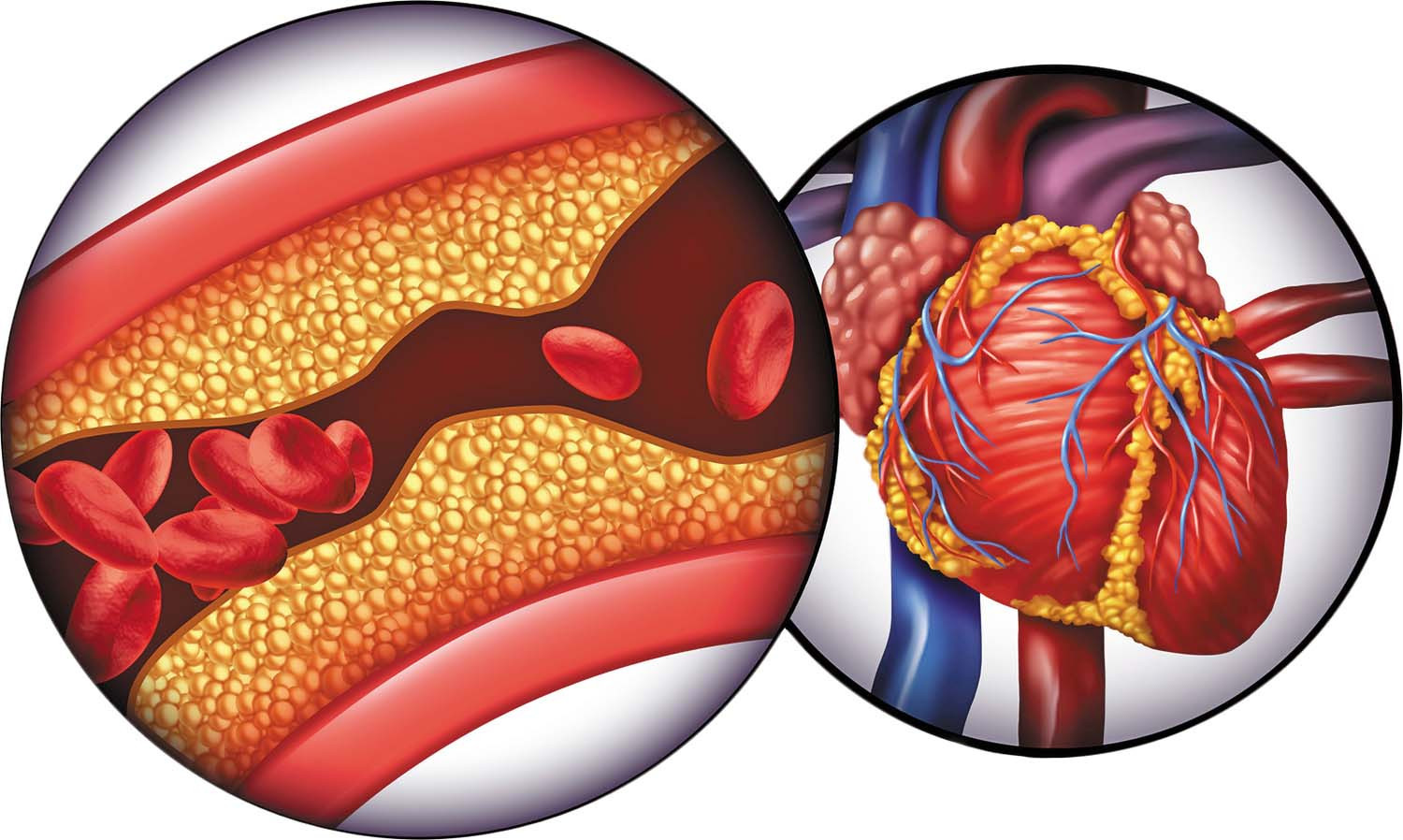The Hoo-Ha on High Cholesterol Levels

I have been to multiple onsite health screenings, and many staff will rush to get themselves checked. Some are apprehensive, but they still do it as the company covers their health screening cost.
Nevertheless, when it comes to total cholesterol reading, there is such a commotion about it. Also, about 80% of corporate staff have higher than normal cholesterol reading.
The recommendation is simple – change your lifestyle and eating patterns. But year after year, their cholesterol level keeps going up and nothing much changes.
Hence, in this post, I intend to clear the multiple confusion about cholesterol.
What exactly is cholesterol and its function?

Cholesterol is a fat-like substance found in the body and in certain animal-based foods.
Cholesterol can be divided into two main types:
- Low-density lipoprotein (LDL): Often known as the “bad guy” because high levels can lead to buildup in the heart arteries and cause a heart attack.
- High-density lipoprotein (HDL): Known as the “good guy” because it helps remove the bad guy, LDL from the bloodstream.
Function of Cholesterol
Cholesterol mostly functions to add turgor to the cells and is also an important component of hormones like testosterone, oestrogen and vitamin D production. Severe lack of cholesterol affects hormone production and organ functions over time.
Origins of Cholesterol

Cholesterol comes from two main sources:
- Your body: Most of the cholesterol in the body (about 80%) is made by the liver.
- Food: Additional 20% of the cholesterol comes from the foods one eats, mainly animal-based products such as:
- Meat (especially red meat)
- Dairy products (milk, cheese, butter)
- Eggs
- Shellfish
Plant based products such as fruits, vegetables and grain don’t contain cholesterol.

To summarise, the body is a natural precursor of cholesterol and what is eaten can contribute to an increased cholesterol level. It is not always the cholesterol produced by the liver to be blamed.
BUT……
Have you met someone who eats well and has a healthy lifestyle but still has elevated cholesterol levels?

They may have Familial Hypercholesterolemia (FH). FH is an inherited disorder where a gene mutation causes an increased production of Low-density lipoprotein (LDL) by the liver. This causes the total cholesterol level to increase to abysmal levels.
This condition usually goes undiagnosed until heart disease symptoms start appearing. Many times, these individuals will go on large doses of statin at a very young age to prevent heart attacks from occurring.
In my working experience, I have met a guy from US who had total cholesterol levels of 40mmol/L. He has been on statin for the past 20 years and his heart rate and ECG is monitored by the doctor through his smartwatch. Since his condition is quite rare, he is also a part of a clinical trial in John Hopkins University.
How to know if someone has high cholesterol levels just by visual inspection?

Elevated cholesterol levels usually have no signs and symptoms.
However, in some cases, yellow patches above and below the eyelids and yellowish lumps on the tendons such as the knuckles can be seen.
What are the steps to reduce high levels of cholesterol?

🥗 1. Eat Heart-Healthy Foods
- Increase: Fruits, vegetables, whole grains, legumes, nuts, seeds.
- Add healthy fats: Avocados, olive oil, fatty fish (salmon, sardines).
- Reduce: Saturated fats (butter, red meat) and trans fats (processed foods, margarine).
🥣 2. Add Soluble Fiber to Your Diet
Soluble fiber helps lower LDL (“bad”) cholesterol.
- Good sources: Oats, barley, beans, lentils, apples, pears, and psyllium husk.
🐟 3. Eat More Omega-3 Fatty Acids
- Found in: Fatty fish (salmon, mackerel), chia seeds, flaxseeds, walnuts.
- Omega-3s don’t lower LDL but help raise HDL and lower triglycerides.
🚶 4. Exercise Regularly
- Aim for at least 150 minutes of moderate-intensity aerobic exercise per week.
- Activities: Brisk walking, swimming, cycling, or jogging.
⚖️ 5. Lose Excess Weight
- Even a 5-10% reduction in body weight can significantly lower cholesterol levels.
🚭 6. Quit Smoking
- Improves HDL cholesterol and heart health almost immediately.
- Within a year of quitting, the risk of heart disease drops dramatically.
🍺 7. Limit Alcohol Intake
- Moderate alcohol may raise HDL slightly, but too much increases total cholesterol and triglycerides.
- Limit: 1 drink/day (women), 2 drinks/day (men), or none at all.
🛌 8. Get Enough Sleep
- Poor sleep is linked to higher LDL and lower HDL.
- Aim for 7–9 hours of quality sleep per night.
💊 9. Consider Natural Supplements
The below supplements may help, but consult your doctor first:
- Plant sterols/stanols
- Red yeast rice
- Soluble fiber (psyllium) supplements
- Niacin (Vitamin B3)
Some of these supplements cannot be taken with medications as it may cause conflicting results.
🧠 10. Manage Stress
Chronic stress may raise cholesterol levels.
- Practice: Meditation, yoga, deep breathing, or therapy.
All in all, with the tips above and the knowledge about cholesterol, your readings would improve in no time. All the best, my cholesterol warriors! 💪







